13 Things Kids Did in the ’70s That Would Be Considered “Too Risky” Today
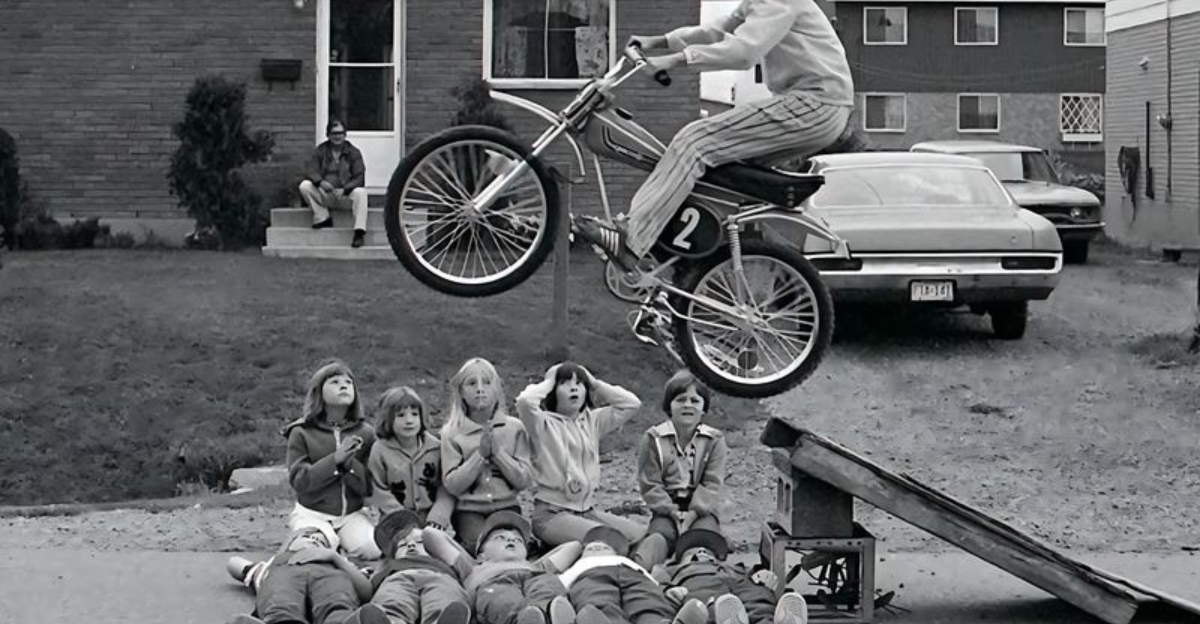
Growing up in the 1970s was a completely different experience compared to today. Kids had more freedom, fewer restrictions, and often engaged in activities that would make modern parents cringe.
Helmets? Seat belts? Supervision? Those were optional at best. While many of these experiences built resilience and independence, they also came with a fair share of bumps, bruises, and close calls.
Here are 13 things kids did in the ’70s that would be considered “too risky” today.
1. Riding in the Back of a Pickup Truck
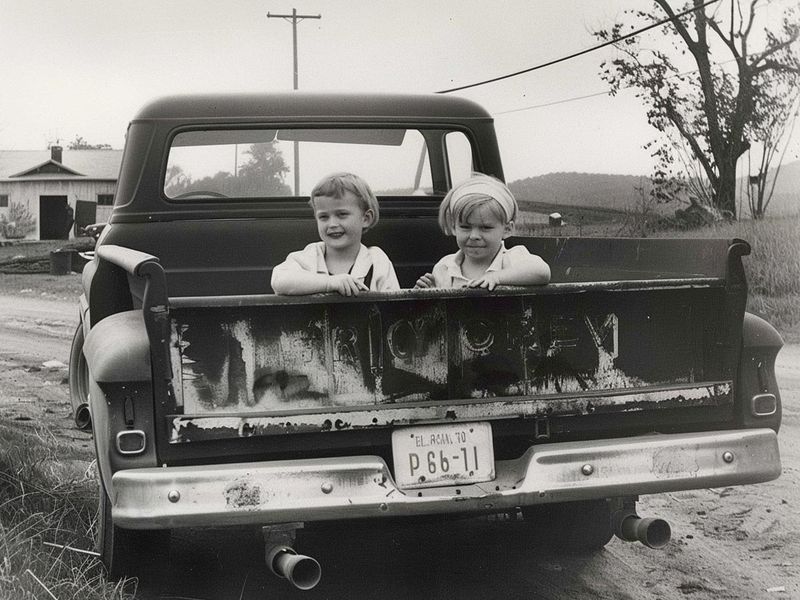
In the ’70s, it wasn’t unusual to see kids piled into the back of a pickup truck, wind in their hair, enjoying the ride. There were no seat belts, and safety regulations were barely a concern.
Today, this would be a major legal and safety issue. Parents now prioritize child safety, and laws have evolved to ensure kids are buckled up, even in trucks.
Reflecting on these rides, it’s clear how much freedom kids had then, but also how risky it was. With safety concerns heightened, such carefree rides are now a relic of the past.
2. Drinking from the Garden Hose
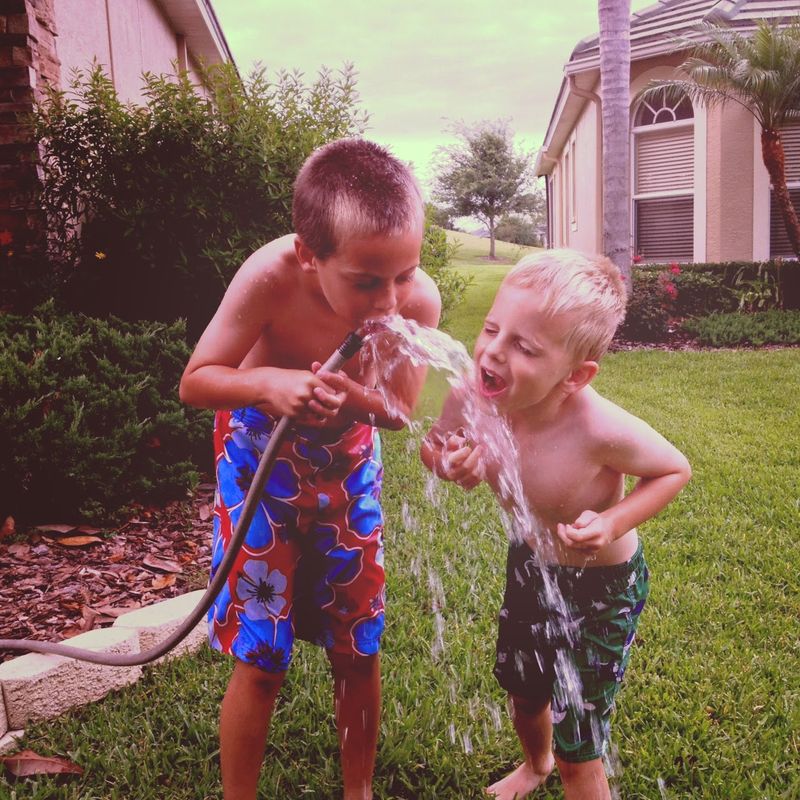
On a hot summer day, nothing was more refreshing than gulping down water straight from the garden hose. Nobody worried about bacteria, lead, or contaminants—it was just a part of childhood.
In today’s world, parents are far more cautious about water sources, ensuring their children consume filtered or bottled water instead.
This simple pleasure from the past is now filled with concerns about health standards and safety. While it may seem innocent, the potential risks have led to a shift in how children hydrate during playtime.
3. Playing Until the Streetlights Came On

Kids in the ’70s had the freedom to roam the neighborhood all day without parental supervision. They’d only come home when the streetlights flickered on.
Today, many parents wouldn’t dream of letting their children wander unsupervised for hours. The world feels different, and safety is a top priority.
This independence was a hallmark of the 1970s, but with modern concerns about safety, children nowadays enjoy a more structured and monitored playtime. It’s a sign of changing times and evolving perceptions of security.
4. Riding Bikes Without Helmets

Bike helmets weren’t even a thing for most kids in the ’70s. They would speed down hills, pop wheelies, and race friends without any protective gear.
Now, wearing a helmet is considered essential for safety, and parents insist on this precaution for every ride.
The joy of flying down a hill with the wind in your hair is tempered by the understanding of head injury risks. Helmets have become a symbol of modern-day caution, a necessary trade-off for carefree childhood adventures of the past.
5. Climbing (and Falling from) Tall Trees
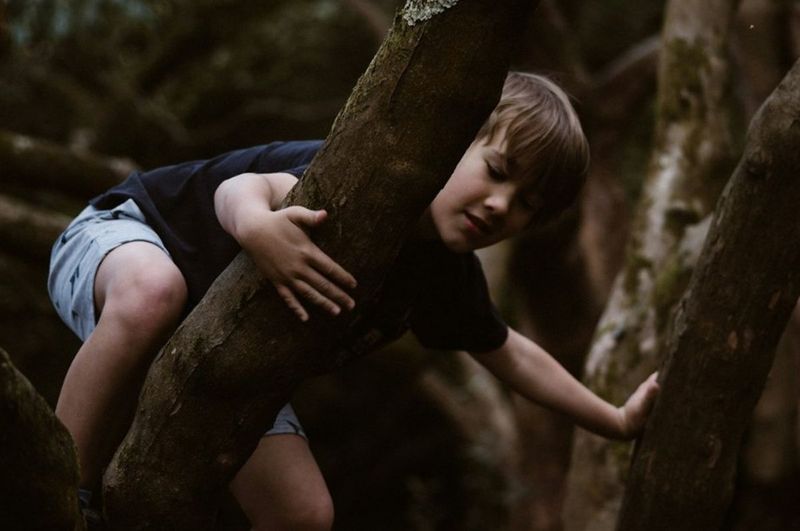
Tree climbing was an everyday adventure, and the higher, the better. If you fell? You brushed yourself off and tried again.
Today, many parents fear broken bones and liability concerns, discouraging kids from this classic pastime.
While tree climbing is thrilling, the risks have led to increased caution. Encouraging kids to explore nature safely is now balanced with ensuring they don’t overreach and hurt themselves. The experience once considered building character is now viewed through a lens of safety.
6. Walking to School Alone
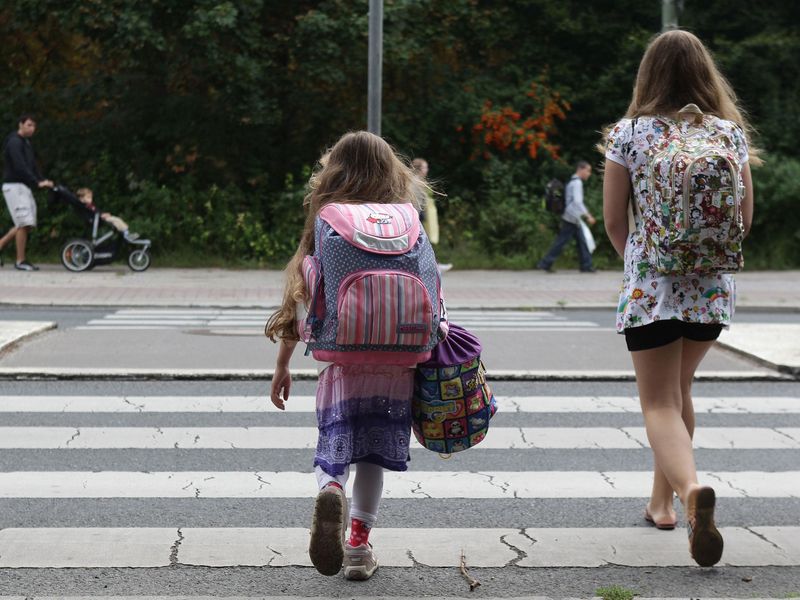
Many kids in the ’70s walked or biked to school without adult supervision, even if it was miles away. Stranger danger wasn’t the same widespread concern it is today.
Parents trusted that kids could handle themselves, fostering independence and responsibility.
Nowadays, the idea of kids traveling alone raises alarm bells. Modern parents prefer accompanying their children or arranging carpools. The shift reflects heightened awareness of safety, reshaping how children get to school, emphasizing the importance of protection over independence.
7. Setting Off Fireworks Without an Adult

Fireworks were a hands-on activity, and kids would light sparklers, bottle rockets, and even firecrackers without much adult oversight.
Today, safety laws and parental caution make this an activity strictly for grown-ups, ensuring kids don’t handle explosives.
What was once a thrilling show of independence is now a carefully supervised event. The emphasis on safety and legal ramifications has shifted this from a childhood thrill to an adult-controlled spectacle, prioritizing the reduction of injuries and accidents.
8. Playing with BB Guns and Slingshots
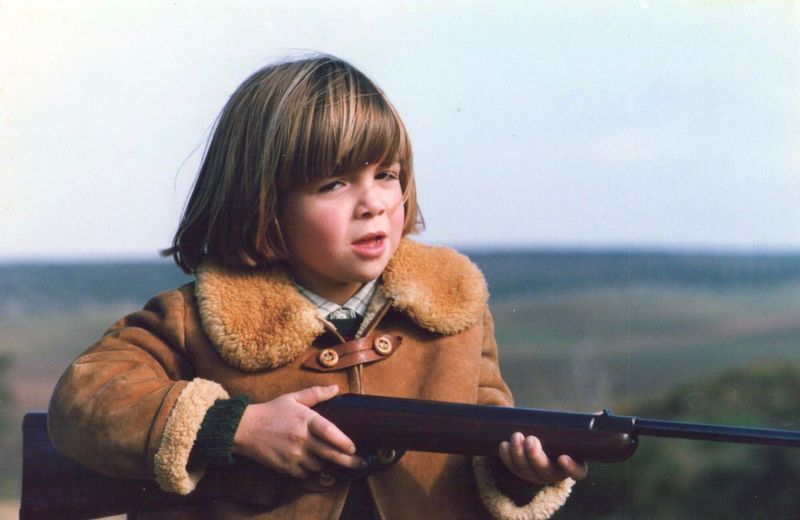
BB guns and slingshots were common backyard toys, and kids would often engage in playful battles. While a few bruises and near misses happened, nobody considered them too dangerous.
Now, these would be considered hazardous and inappropriate for children.
The potential for injury and the realistic appearance of these toys have led to stricter rules and parental hesitance. Ensuring safety without stifling fun is a balancing act, but the days of carefree target practice are largely behind us, replaced by safer alternatives.
9. Riding in Cars Without Seat Belts
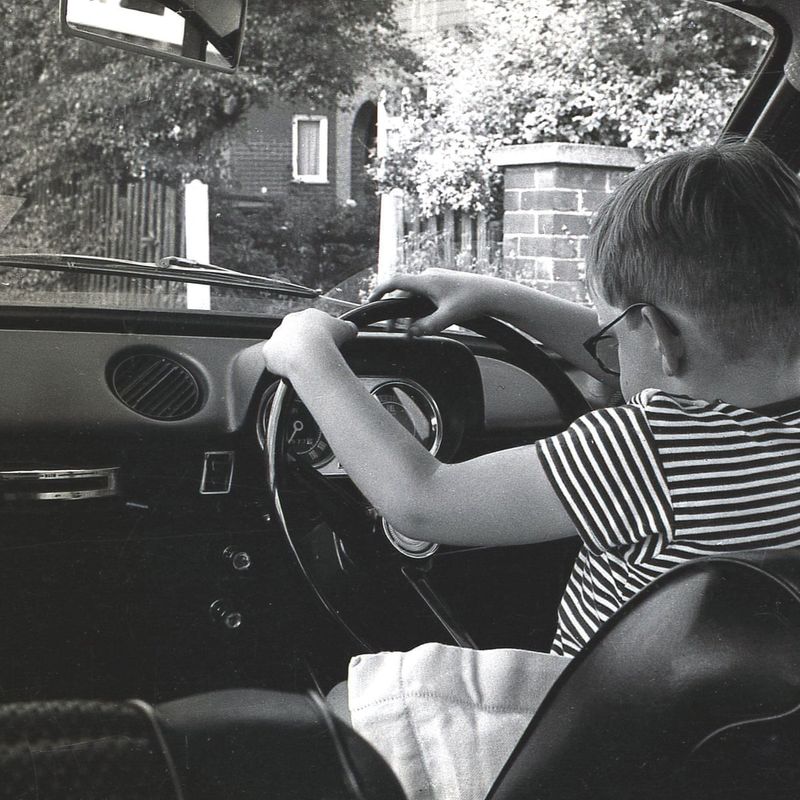
Seat belt laws weren’t strictly enforced in the ’70s, and many cars didn’t even have rear seat belts. Kids would sit in the front seat, lie across the back seat, or even stretch out in the station wagon’s cargo area with no restraints.
Now, seat belt use is mandatory, with significant fines for non-compliance.
While the freedom to move around in the car is nostalgic, modern safety standards have greatly reduced injuries in accidents. This shift underscores the evolution of safety priorities in family travel.
10. Swimming in Lakes and Creeks Without Supervision

On hot days, kids would head to the nearest lake, river, or creek to cool off—often without an adult in sight. No lifeguards, no flotation devices, just pure fun.
Nowadays, parents are far more cautious about water safety, insisting on supervision.
The freedom to explore water bodies without constraints is replaced by structured swim times. While the carefree days are fondly remembered, the focus on safety ensures that fun doesn’t turn into tragedy. It’s a balance between independence and prevention of water-related accidents.
11. Using a Lawn Mower as a Teenager
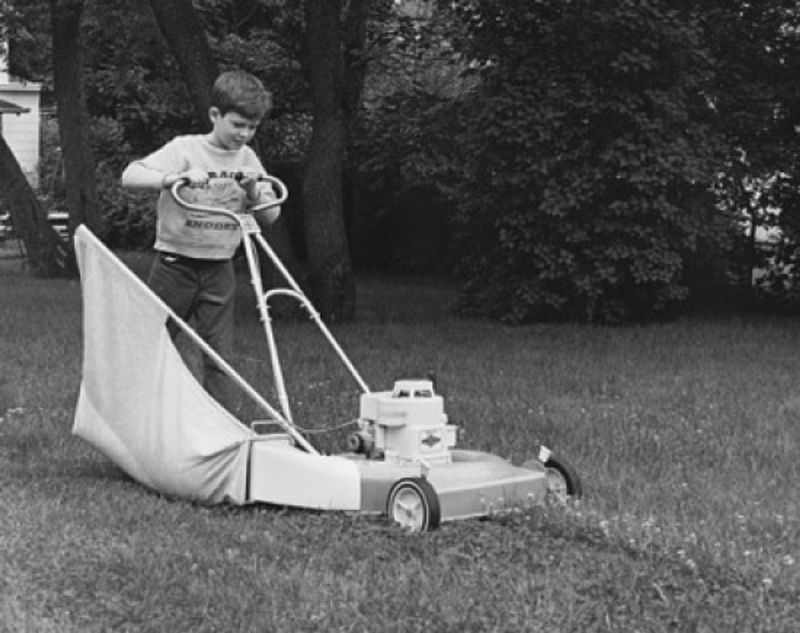
Many kids in the ’70s were responsible for mowing the lawn with gas-powered mowers that had little to no safety features. It was just another household chore.
Today, parents are more hesitant to let kids operate heavy machinery, preferring to handle it themselves or wait until children are older.
The focus on safety and reducing accidents has shifted these responsibilities, highlighting the change in how chores are managed in households, prioritizing children’s safety over early responsibility.
12. Riding in a Car with a Smoking Adult
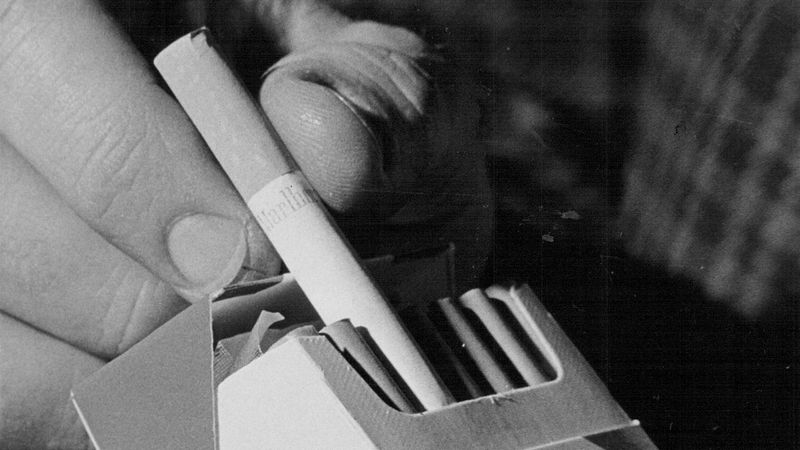
It was completely normal for adults to smoke in cars, even with kids in the back seat. Nobody thought twice about the secondhand smoke filling the vehicle.
Now, this is widely recognized as a serious health risk, and many places have laws against smoking in cars with minors.
The awareness of health impacts from secondhand smoke has changed societal norms. Protecting children’s health has become paramount, reflecting how public health education has reshaped behaviors to ensure safer environments for young passengers.
13. Jumping Off High Dives at Public Pools
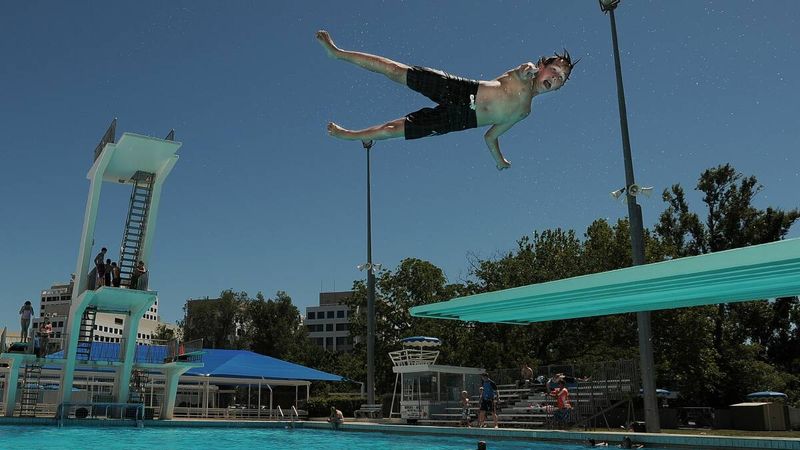
Public pools in the ’70s often had towering high dives, and kids would fearlessly leap off them without a second thought.
Many of these diving boards have since been removed due to liability concerns and safety regulations.
The thrill of the high dive has been tempered by the priority on safety. Though the excitement is missed, the focus on injury prevention has led to safer, more controlled swimming environments, adapting to contemporary standards of child safety.
